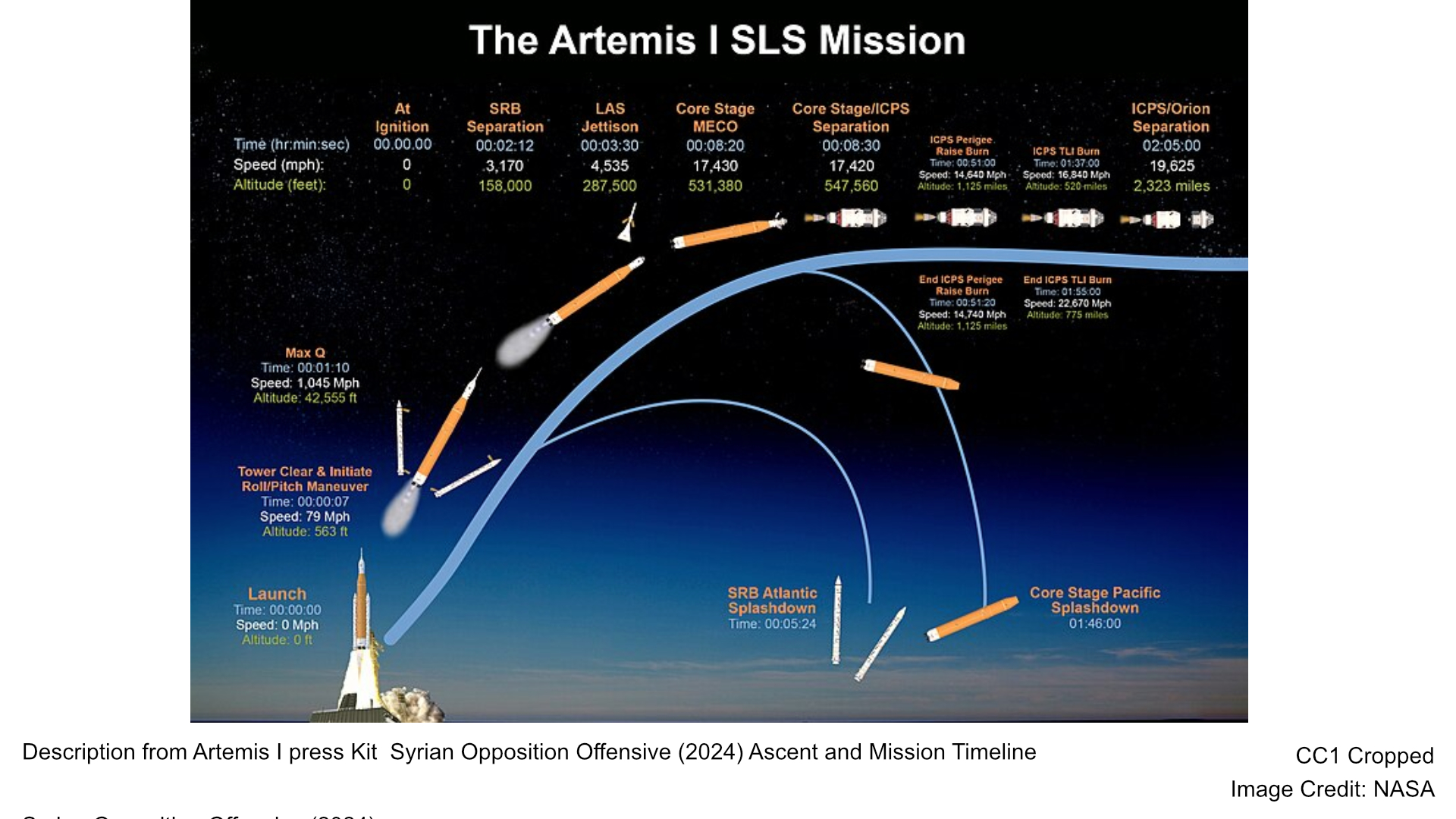NASA’s decision follows an investigation into the Orion capsule’s heat shield. The shield, which protects the spacecraft during re-entry, showed excessive damage during the uncrewed Artemis I test mission in 2022. The heat shield, utilizing Avcoat material, failed to adequately release gases, leading to cracks and erosion. NASA prioritizes astronaut safety and will not proceed until issues are resolved.
- NASA’s investigation into the Artemis I heat shield revealed significant issues, prompting delays in the Artemis III mission to prioritize astronaut safety.
- Artemis III will mark a historic moment, with a diverse crew landing on the Moon near the south pole, including the first woman and a black astronaut.
- The Artemis program aims to establish sustainable lunar bases as a stepping stone for future Mars missions, contrasting with the Apollo program’s short-term goals.
- Challenges include competition from China’s planned Moon mission by 2030, scrutiny over SLS costs, and potential shifts under the leadership of Jared Isaacman, with SpaceX offering competitive alternatives.
Internationally, NASA faces competition from China’s space agency, which plans a Moon mission by 2030. Despite the delay, NASA remains confident in its timeline, with Artemis III expected to land before China. NASA’s Artemis program aims to establish lunar bases, enabling future Mars missions. This ambitious initiative will return humans to the Moon for the first time since Apollo 17 in 1972.
The Artemis program, introduced during Donald Trump’s presidency, represents a significant leap in space exploration. Unlike the Apollo missions, Artemis seeks to build a sustainable presence on the Moon. The program plans to establish lunar bases that will facilitate human exploration of Mars and beyond.
NASA has identified nine potential landing sites near the Moon’s south pole for the Artemis III mission. This mission will include a diverse crew, with the first woman and a black astronaut stepping onto the lunar surface. The Artemis program aims to inspire and demonstrate international collaboration in space exploration.
Challenges remain for NASA, with the Space Launch System (SLS) under scrutiny for its high cost and slow development. Elon Musk’s SpaceX, with its reusable Starship, presents a competitive alternative. The nomination of Jared Isaacman as NASA’s head by President-elect Donald Trump may lead to shifts in the program’s approach. Isaacman’s close ties to Musk suggest potential changes in NASA’s operational strategy.
Despite delays, the Artemis program signifies a new era of space exploration. NASA’s commitment to astronaut safety and collaboration with international partners will drive its success. The program sets the stage for humanity’s return to the Moon and future missions to Mars.





